Why Are Abstract Paintings So Expensive – Abstract art has been a significant genre in the art world since the early 20th century. It is characterized by its unique style, use of color, and lack of representation. Abstract paintings are highly valued by art collectors, investors, and museums alike, often fetching millions of dollars at auction.
But what makes abstract art so expensive?
In this article, we will explore 11 reasons why abstract paintings are so highly valued, including their originality, the skill required to create them, cultural significance, emotional connection, and investment potential.
We will also discuss who buys abstract paintings, what type of people like them, and whether investing in abstract art is a wise choice.
Understanding Abstract Art
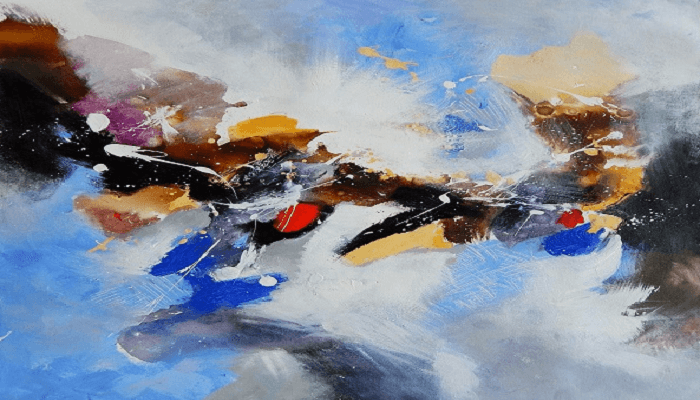
Before delving into why abstract paintings are so expensive, it is essential to understand what abstract art is and how it differs from other types of art. Abstract art is a genre of art that does not represent objects or people in a realistic way.
Instead, it focuses on the use of color, line, shape, and texture to create a visual language that communicates emotions and ideas.
Abstract art is often described as non-representational, meaning that it does not depict recognizable objects or scenes.
What Makes Abstract Art So Expensive?
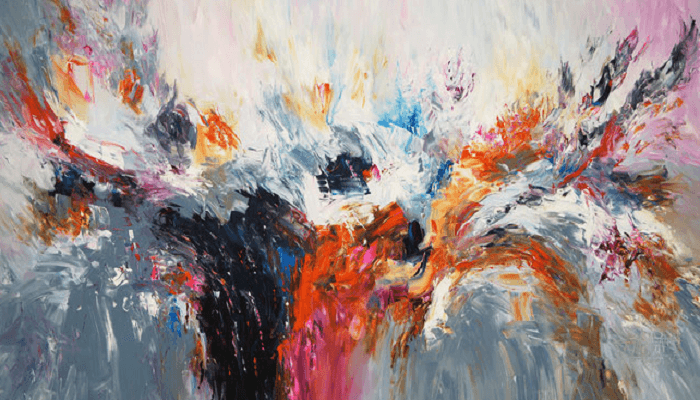
Now that we understand what abstract art is let’s explore why it is so expensive. Here are some reasons why:
- Unique and Original – Abstract paintings are often unique and original works of art that cannot be replicated. Each painting is a one-of-a-kind creation, which makes it valuable.
- Skill and Expertise – Abstract artists require a high degree of skill and expertise to create their work. They must have a deep understanding of color theory, composition, and texture, among other things.
- Time-Consuming – Creating an abstract painting can take a significant amount of time. The artist must carefully consider each brushstroke and color choice to achieve the desired effect. This time investment adds value to the final product.
- Artistic Vision – Abstract art is often a reflection of the artist’s artistic vision and personal style. This unique perspective is what makes abstract paintings stand out and sets them apart from other types of art.
- Reputation – Established abstract artists often have a reputation in the art world, which adds value to their work. Their artwork is sought after by collectors, galleries, and museums.
- Rarity – Some abstract artists produce a limited number of paintings each year, which makes their work rare and desirable.
- Exhibition – Abstract art is often exhibited in prestigious galleries and museums, which increases its exposure and value.
- Demand – Abstract art is in high demand, particularly among collectors who are looking for unique and original pieces.
- Emotion – Abstract paintings often evoke strong emotions in viewers, which can make them more valuable. People are willing to pay more for artwork that elicits an emotional response.
- Investment – Many people view abstract art as a good investment. They believe that the value of the artwork will increase over time, making it a valuable asset.
- Cultural Significance – Abstract art has cultural significance and is considered a form of artistic expression that reflects the spirit of the times. As such, it has historical and cultural value.
Why Do People Buy Abstract Paintings?
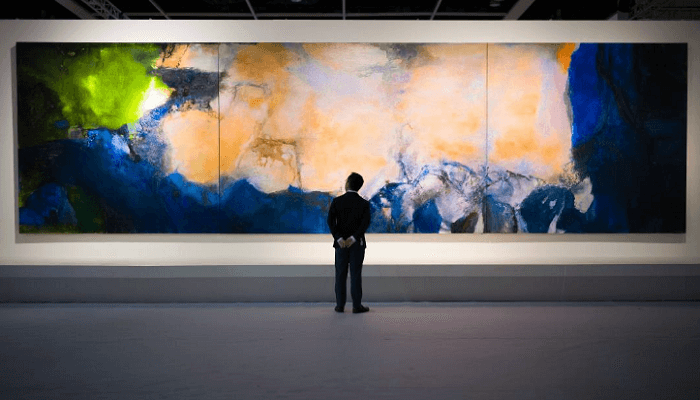
Now that we have explored why abstract paintings are so expensive let’s look at why people buy them. Here are some reasons:
- Emotional Connection – Abstract paintings often evoke strong emotions in viewers, which can create a deep emotional connection with the artwork.
- Aesthetics – People buy abstract paintings because they find them aesthetically pleasing. They may be drawn to the colors, shapes, or textures of the painting.
- Investment – Some people buy abstract paintings as an investment. They believe that the value of the artwork will increase over time, making it a valuable asset.
- Status – Owning a piece of abstract art can be a status symbol. It can demonstrate wealth and sophistication.
- Decoration – Abstract paintings can be used to decorate homes, offices, and public spaces. They add color, texture, and visual interest to a room.
What Type Of People Like Abstract Art?
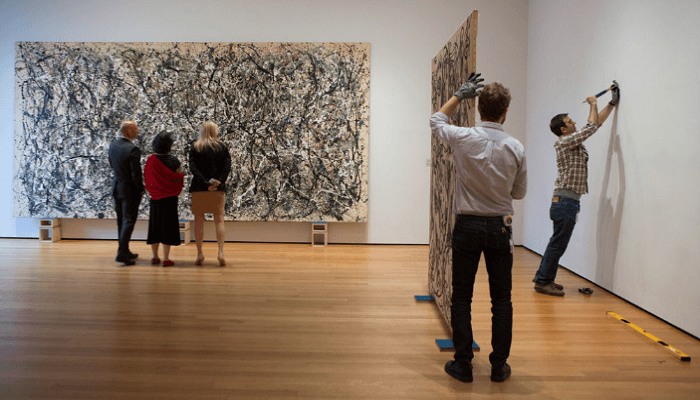
Abstract art has a broad appeal and can be appreciated by people from all walks of life. However, some groups of people are more likely to appreciate abstract art than others. Here are some examples:
- Art Collectors – Art collectors are often drawn to abstract art because of its uniqueness and investment potential.
- Interior Designers – Interior designers often use abstract paintings to add color and texture to a room. They may choose paintings that complement the decor or create a focal point in the space.
- Creative Professionals – People who work in creative fields, such as design, fashion, and advertising, may appreciate abstract art for its artistic and creative qualities.
- Art Enthusiasts – People who are passionate about art and its history may appreciate abstract art for its cultural significance and artistic merit.
Who Buys Abstract Paintings?
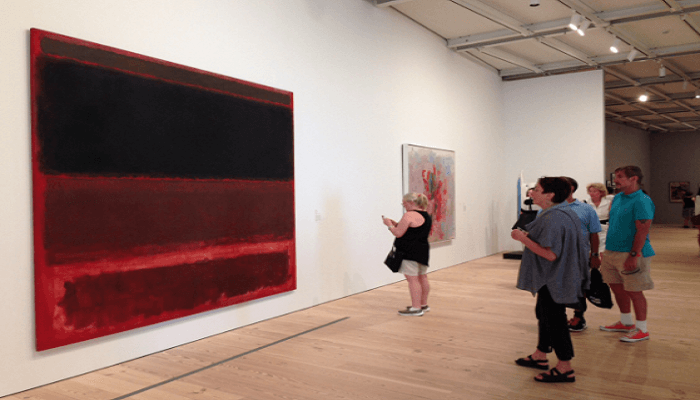
Abstract art is sold to a wide range of buyers, including private collectors, museums, galleries, and corporate buyers. Here are some examples:
- Private Collectors – Private collectors are individuals who buy art for their personal enjoyment or as an investment. They may be drawn to abstract art for its uniqueness and investment potential.
- Galleries – Art galleries are businesses that sell artwork on behalf of artists. They may specialize in abstract art or carry a variety of genres.
- Museums – Museums collect and display artwork for public education and enjoyment. They may acquire abstract paintings as part of their permanent collection or for temporary exhibitions.
- Corporations – Some corporations buy artwork for their offices or public spaces. Abstract art can add color and visual interest to a corporate environment.
Is Abstract Art A Good Investment?
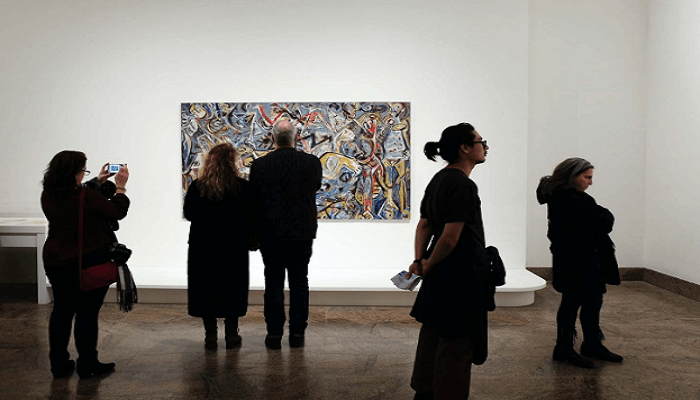
One of the reasons why abstract paintings are so expensive is that many people view them as a good investment.
However, investing in abstract art requires careful consideration and research. Here are some factors to consider:
- Artist Reputation – Established artists with a track record of sales and exhibitions are more likely to increase in value over time.
- Rarity – The rarity of a painting can affect its value. Paintings that are part of a limited series or produced by a well-known artist in a small quantity are more likely to increase in value.
- Condition – The condition of a painting can affect its value. Paintings that are well-maintained and free from damage or restoration are more valuable.
- Market Trends – The art market is subject to trends and fluctuations. Researching current market trends can help you make an informed investment decision.
- Personal Preference – Investing in the art should be a personal choice based on your own taste and preference. It is important to choose a painting that you love and will enjoy owning, even if it does not increase in value.
Conclusion
In conclusion, abstract paintings are so expensive for many reasons, including their unique and original nature, the skill and expertise required to create them, their time-consuming nature, and their cultural and historical significance.
People buy abstract paintings for emotional connection, aesthetics, investment, status, and decoration.
Abstract art has a broad appeal and can be appreciated by a wide range of people, including art collectors, interior designers, creative professionals, and art enthusiasts.
Abstract art can be a good investment, but it requires careful consideration and research. Ultimately, investing in the art should be a personal choice based on your own taste and preference.